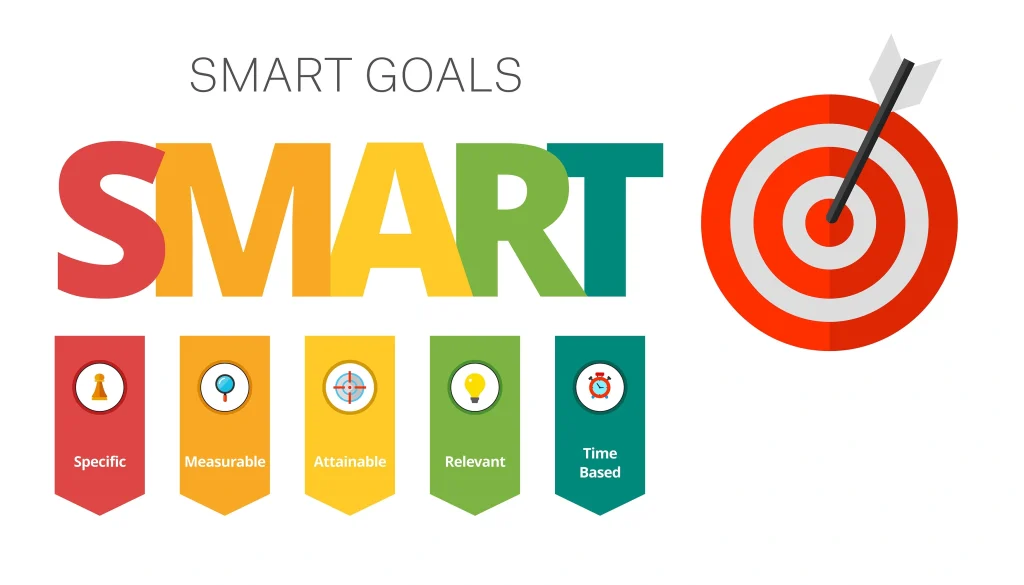Download Your Free Facility Management Plan Template
Take the guesswork out of facility planning. Use our ready-to-edit .docx template to quickly build a structured, professional facility management plan tailored to your organization.
A strategic approach to facilities management focuses on optimizing resource utilization and maximizing asset value. This article will explore how this involves meticulous planning, informed decision-making, and proactive measures to identify cost-saving opportunities, adopt sustainable practices, and leverage technology for operational efficiency. By anticipating and adapting to changing business needs, your organization can position itself for long-term growth and success.
Key Takeaways:
- Facilities management is key to keeping your organization running smoothly.
- Evaluating your current facilities and spotting needs is vital for a solid facilities management plan.
- Clear goals and objectives help align your facilities management efforts with your overall strategy.
- A well-thought-out budget and smart resource allocation are essential for implementing your facility management plan.
- Monitoring and adjusting your facility management plan is crucial to ensure it’s on track and effective.
Facilities management plays a big role in your organization’s operation. It covers everything from maintaining buildings to managing equipment and tech. Doing it well ensures safety, efficiency, and a positive workplace atmosphere.
Facilities management helps cut costs, reduce disruptions, and prolong the life of your assets. It also supports your core functions by improving customer experiences and boosting employee satisfaction—all of which contribute to success. Plus, it helps ensure health, safety, and environmental compliance.
The strategic edge of facilities management is all about using resources wisely and maximizing the value of your assets. This involves planning strategically and making decisions that identify cost-saving opportunities, adopt sustainable practices, and leverage technology to boost operational efficiency. A proactive approach helps you adapt to changes in business needs and sets you up for long-term growth.
In short, effective facilities management is crucial for your organization’s success and sustainability, impacting various aspects of your operations.

6 Steps to Creating a Facilities Management Plan
1. Evaluate Your Current Facilities Needs
-
Look at Physical Infrastructure.
Firstly, examine your physical infrastructure, equipment, and systems. Consider factors like building age, equipment functionality, and overall safety compliance.
-
Understand Stakeholder Needs
Next, consider what the people using your facility—employees, customers, and other stakeholders—need. Gather their feedback through surveys or chats to identify areas that need improvement.
-
Anticipate Future Needs
Consider potential future needs or challenges that might affect your facility, like business growth, shifts in technology, or regulations. By planning for these changes, you can create a facilities management plan that is flexible enough to adapt.
2. Set Goals for Your Facilities Management
After assessing current conditions and needs, it’s time to set clear goals for your facilities management. Ensure these goals align with your overall organizational objectives and reflect what you want to achieve. The SMART framework (specific, measurable, achievable, relevant, and time-bound) will help you define these goals clearly.

Typical goals include improving energy efficiency, enhancing safety measures, reducing maintenance costs, or optimizing space use. These should be based on what you learned from your facility assessment. Setting clear goals creates a roadmap for success and ensures resources are used wisely.
And don’t forget about key performance indicators (KPIs) to track progress on these goals.
Common KPIs in facilities management:
Maintenance and Operations
- Mean Time Between Failures (MTBF): Measures the average time between equipment failures.
- Mean Time to Repair (MTTR): Measures the average time to repair or replace a failed component.
- Facility Uptime: Measures the percentage of time a facility is operational.
- Asset Lifespan: Tracks the average lifespan of critical assets and equipment, helping organizations understand when replacements or upgrades are necessary.
Financial Performance
- Facilities Management Budget Variance: Measures the difference between the budgeted and actual facilities management costs.
- Return on Investment (ROI) for Facilities Management Projects: Measures the financial benefits of facilities management initiatives.
Sustainability
- Carbon Footprint: Measures the total greenhouse gas emissions produced by the facility.
- Energy Efficiency: Measures the reduction in energy consumption compared to a baseline.
- Water Consumption: Measures the total water usage of the facility.
Regularly checking in on these KPIs informs you about how well you manage facilities and where to improve.
3. Budget and Allocate Resources
Creating a budget for facilities management is crucial in ensuring resources are used effectively. Your budget should cover everything from maintenance and repairs to utilities and cleaning services. It’s important to consider both short-term needs and long-term financial requirements.
When putting together your budget, prioritize spending based on your identified needs. Focus on initiatives that will have the most significant impact on improving facility performance or addressing critical issues. Also, look for cost-saving opportunities through energy efficiency upgrades or preventive maintenance programs.
Establishing transparent processes for managing expenses is just as important. This includes tracking spending against your budget and regularly reviewing financial performance to ensure resources are used wisely. A strategic budgeting approach will help maximize the value of your physical assets.

4. Implement and Monitor Your Plan
Once your goals are set and resources allocated, it’s time to implement your facility management plan. This means implementing the necessary processes and systems for ongoing maintenance and operations. You might also want to explore new tech or tools that could enhance efficiency.
Monitoring your plan is equally essential. Regular inspections, tracking KPIs, gathering stakeholder feedback, and conducting audits are all great ways to ensure progress toward your goals. This helps you spot any issues early on and make adjustments as needed.
Clear communication is vital during this stage, too. Keeping everyone informed about progress towards goals and sharing best practices fosters teamwork and keeps everyone aligned with the facility management objectives.
5. Tackle Maintenance and Repairs
-
Proactive Maintenance Strategies
Set up preventive maintenance programs to prevent minor issues from turning into big problems. These programs could involve regular equipment inspections or scheduling maintenance activities to catch problems early.
-
Reactive Maintenance
You also need a solid plan for dealing with reactive maintenance when unexpected issues pop up. Establish clear protocols for reporting problems, prioritize repairs based on urgency, and ensure qualified personnel are ready to tackle maintenance needs quickly.
-
Sustainability in Maintenance
Consider eco-friendly practices when handling maintenance and repairs—like using energy-efficient technologies or environmentally friendly materials. This not only helps the planet but can also boost operational efficiency.
6. Evaluate and Adjust Your Plan
Finally, regularly assess how well your facilities management plan works and adjust as necessary to align it with your organizational goals. This might mean reviewing performance against established KPIs, getting stakeholder feedback on facility management experiences, or benchmarking against industry standards.
Be ready to tweak your goals based on changing business needs or market conditions. Always look for opportunities to innovate—stay up-to-date with industry trends, leverage new technologies to improve operations, or consult external experts for fresh insights.
Conclusion
Effective facilities management is vital to maintaining safety, functionality, and efficiency while supporting your organization’s core business activities. By evaluating your current facilities thoroughly, setting SMART, thoughtful goals, budgeting wisely, implementing effectively, addressing maintenance proactively, and continuously reviewing your plan, you can genuinely enhance your facilities management efforts for long-lasting success.
Partner with Left Coast Facilities Consulting for an Effective Facility Management Plan

As you navigate the complexities of facilities management, you can partner with Left Coast Facilities Consulting, the leading facilities management company in Clark County, WA. With our extensive experience and commitment to excellence, we can help you develop a tailored facility management plan that meets your unique needs. By working with our team, you can focus on achieving your organizational goals while ensuring your facilities are managed effectively and efficiently. Get in touch with us today.



